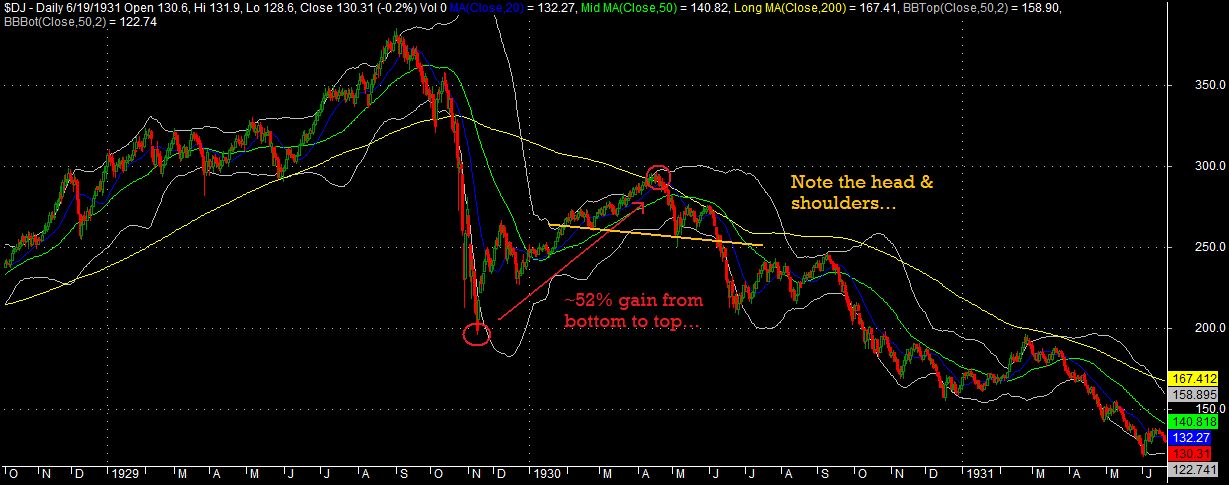Short-term breadth expanded with price while longer-term breadth showed signs of life.

Summary:
My previous statements regarding the need for a quick pullback to take some of the pressure off of short-term breadth and then a resume of the uptrend to build up longer-term breadth was certainly prescient.
“Over the short-term, I am looking for weakness, perhaps for the next few days. What we want to see is the rally continue after a short pullback. The point is that if the rally doesn’t continue, there will not be any improvement to our longer-term breadth.”
The only problem I can see is that there is still not much strength in the longer-term breadth measures. The 52 Week New Highs and New Lows has perked up nicely, and we want to see that measure continue to show more new highs than new lows.
Overall, the market looks vulnerable to a pullback here with short-term breadth extended significantly. This pullback may take the SPY back beneath the 200 day moving average. Again, any pullback will need to be shallow and quick or longer-term breadth will stagnate or deteriorate.
I am hoping to begin swing trading some long positions on this next pullback. The environment is not near optimum for swing trading long positions, but it has improved a great deal from a month ago.
Caution is still in order- meaning smaller position sizes with cash still making up a good percentage of the account is how I will play it. If the market can continue building on its recent strength, then there will be some long exposure. If it can’t, then exposure is minimal.
A final note: The system is close to closing its first Advance Decline Line long trade. For this to happen, the blue line needs to close above the gray line.
We remain hedged 25% long and 25% short the SPY.
How To Read the Breadth Report
Universe Screen: Applies to top three indicators. Does not apply to 52 week new highs and lows.
- The universe contains any stock trading on average more than 100,000 shares per day with a liquidity of at least $1,000,000 per day, over the last 50 days.
1. Top most indicator is the measure of stocks in an uptrend (gray histogram) and the number of stocks trading above their 5 day simple moving averages (red line).
- Buy signal is generated for the open when the SPX is above its 200dsma and the red line crosses beneath 700.
- Sell signal is generated for the close when the red line crosses above 2500, or the trade is held for 25 days.
- Short signal is generated for the open when the SPX is trading beneath its 200dsma and the red line crosses above 2500.
- Cover signal is generated for the close when the red line crosses beneath 700, or the trade is held 25 days.
- Long trade lasts on average 24 days while short sell lasts on average 10 days.
2. The 2nd indicator is the Advance-Decline line (blue line) with a 50dsma plotted (gray line). My calculation is similar but not the same as Investopedia’s.
- Buy signal is generated for the next open when the SPX is above its 200dsma and the A-D line crosses beneath the 50 day average.
- Sell signal is generated for the close when the A-D line crosses back above the 50 day average.
- The average trade lasts about 15 days.
3. The 3rd indicator is the raw advancers and decliners, with the advancers being the green line and the decliners being the red line. There are also Bollinger Bands (purple) set 1 standard deviation beyond the 20 day average of decliners.
- Buy signal is generated for the next open after the decliners exceed the upper Bollinger Band.
- Sell signal is generated for the close when the decliners close beneath the lower Bollinger Band.
- The average trade lasts 5 days.
4. The bottom indicator is the measure of 52 week new highs new lows (histogram), with a 9dsma (yellow line) plotted over top.
- Buy signal is generated for the next open after the number of new lows exceeds the number of new highs.
- Sell signal is generated for the close when the number of new highs surpass the 9dsma.
- The average trade lasts 3 days.
Comments »













